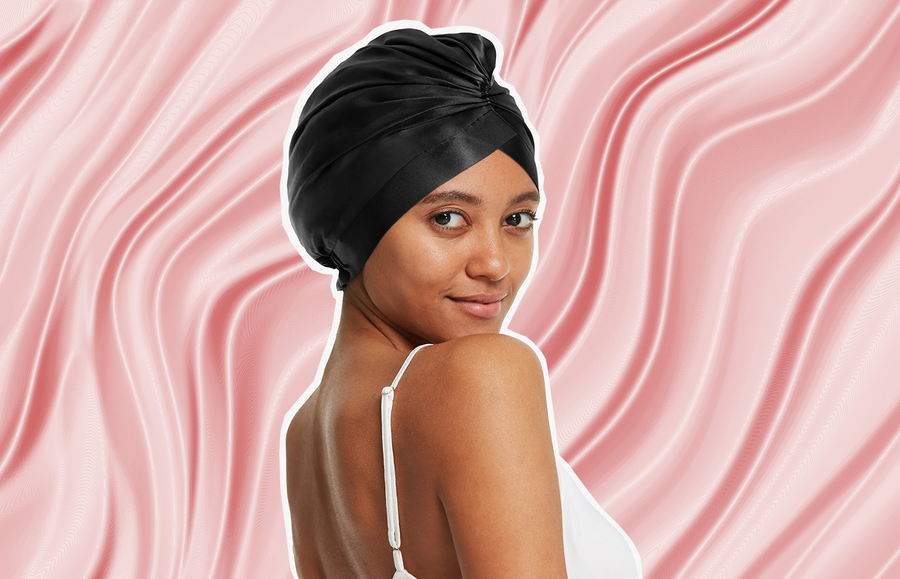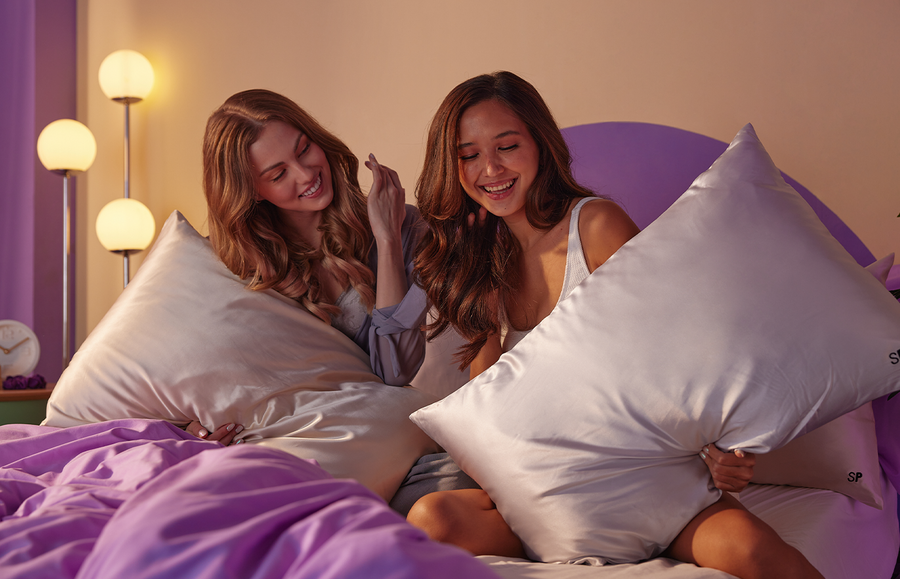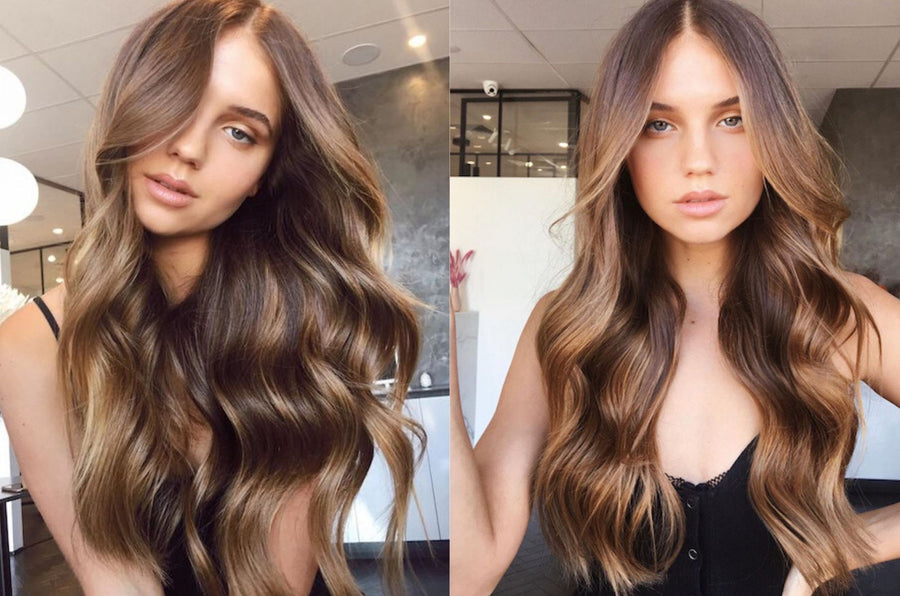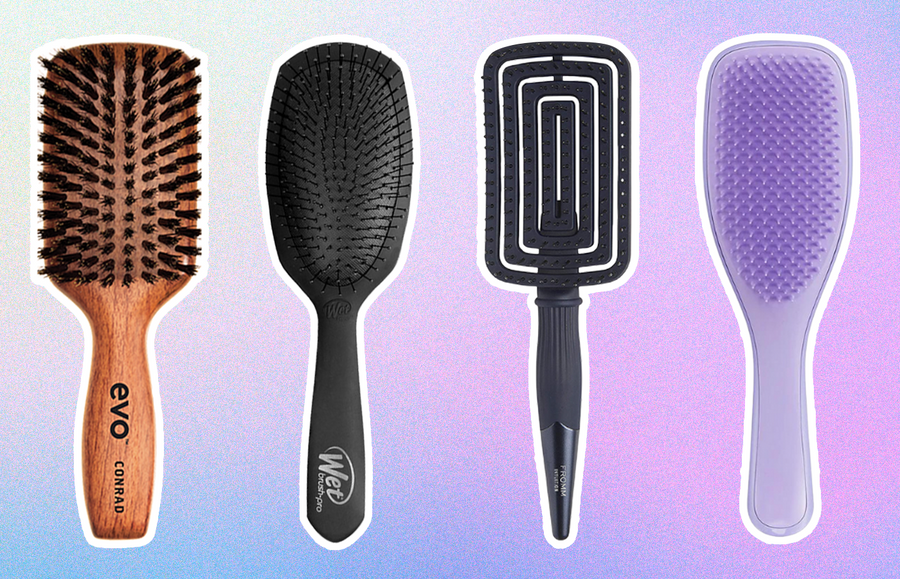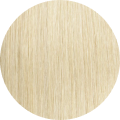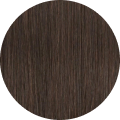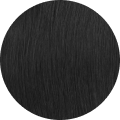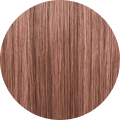Somewhere, the person who named leave-in conditioner is wondering where they went wrong. Despite a straight-to-the-point naming system, there still seems to be confusion on how to use it and what exactly this product does.
Although our in-shower conditioner does pretty amazing things, hair can always benefit from support, namely damage control and moisture retention. Meant to be used after your shower, and not in place of regular conditioner, leave-in conditioner is just that: a benefit-boosted spray or cream formulated to lock in moisture and detangle strands.
Not solely a deep conditioner, a detangler, or a heat protectant spray, leave-in conditioner is really a Jill of all trades. Different brands will usually offer a well-rounded array of benefits, but with any version, a leave-in conditioner is a super easy–and nourishing–way to aid your hair’s health. To get the most out of yours, we’ve compiled the internet’s most burning questions about this elusive product.
Recommended: The Best Hair Styling Tools to Boost Your Daily Hair Routine
How to Use Leave-In Conditioner
Adding a leave-conditioner to your haircare routine is like constantly finding a sheet mask in your drawer. Sure your $$$ moisturizer is working wonders, but there’s an undeniable zhuzh that skin gets when you pop on a mask treatment.
You can think of leave-in conditioner in this way; it’s an optional step that doesn’t replace the mainstays in your routine, but can act as a supplement when you need multi-purpose haircare. We suggest getting one that promises heat protection and detangling as these are harder to get out of multi-purpose products and are more crucial for hair health.
When To Apply Leave In Conditioner
After the shower is simple enough, but hair dampness is an important chapter in our leave-in conditioner usage manual too. For best absorption, apply leave-in conditioner directly after your shower, before combing. Squeeze the excess water from the ends of your hair, but don’t allow hair to dry too much as you’ll want the nourishing properties of this product to sink in.
If you have dry/damaged hair, or if you just want a conditioning refresh mid-week, you can use leave-in conditioners on dry hair too! Although a hair oil like jojoba oil will likely be more beneficial because its sole job is to combat frizz and dryness, an on-the-go spritz of leave-in is good too.
Practically, no two leave-in conditioners are the same so always check your bottle’s directions. Because some have heat protectants and detangling agents, they might have unique guidelines to get the most protection.
Recommended: The Best Shampoo Bars For Every Hair Concern
Where to Apply Leave-in Conditioner
Hair, of course, but no need to apply directly to your scalp! Like regular conditioner, always focus on ends as this area is dryer, more damaged, and isn’t as sensitive to product-induced oil like our scalp. When you brush through your hair, the comb will carry some of the product higher up without coating your roots. We suggest applying your leave-in conditioner about eye level down.
Recommended: Is Dry Shampoo Bad For Your Hair?
How Much Leave-In Conditioner Should I Use?
There’s no perfect answer for this one because everyone’s hair length, dryness levels, porosity, and fave product lines are different, but here are some tips:
- If you have fine or low-porosity hair, don’t saturate your hair with a leave-in. Instead, spray onto hands and apply from mid-length to ends. This hair type is more susceptible to buildup and it often doesn’t need as much heavy moisture as textured, dry, or high porosity hair types. Remember: this is a boost, not a deep conditioning treatment.
- If your leave-in conditioner acts mostly as a heat protectant, you can spray hair more heavily. Follow your bottle’s instructions for whether this is best on wet, damp, or dry hair, but also research your leave-in’s heat protection level; it may prioritize conditioning over heat protection.
- If you have curly or coily hair, a cream-based leave-in conditioner can often be best as it's heavier and can be distributed more easily. Start with a generous quarter size amount in wet hair and build up from there.
Recommended: The Hydrating DIY Hair Mask That *Actually* Nourishes Your Hair
Can I Use Leave-In Conditioner Everyday?
Can you? Yes. Should you? Not really. Because leave-in conditioner is conditioning, it can be a bit heavy on dry hair or when used as a style-reviver. More often than not, you’re better off using leave-in conditioner on shower days and more styling specific products on the other days.
That said! If your ends feel a bit frayed or thirsty, using a hydrating leave-in conditioner as needed is cool. The right leave-in (one not too creamy, or heavy) can be a great on-the-go moisture boost, but don’t forget about the power of hair oils that may nourish and fight frizz more effectively.
Want more haircare hacks? Read these next:





